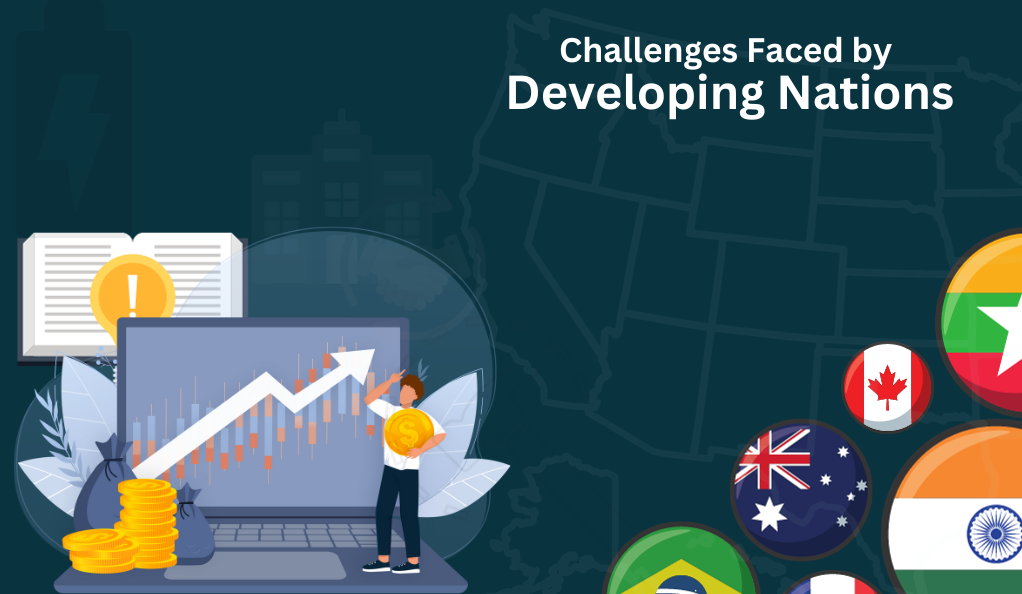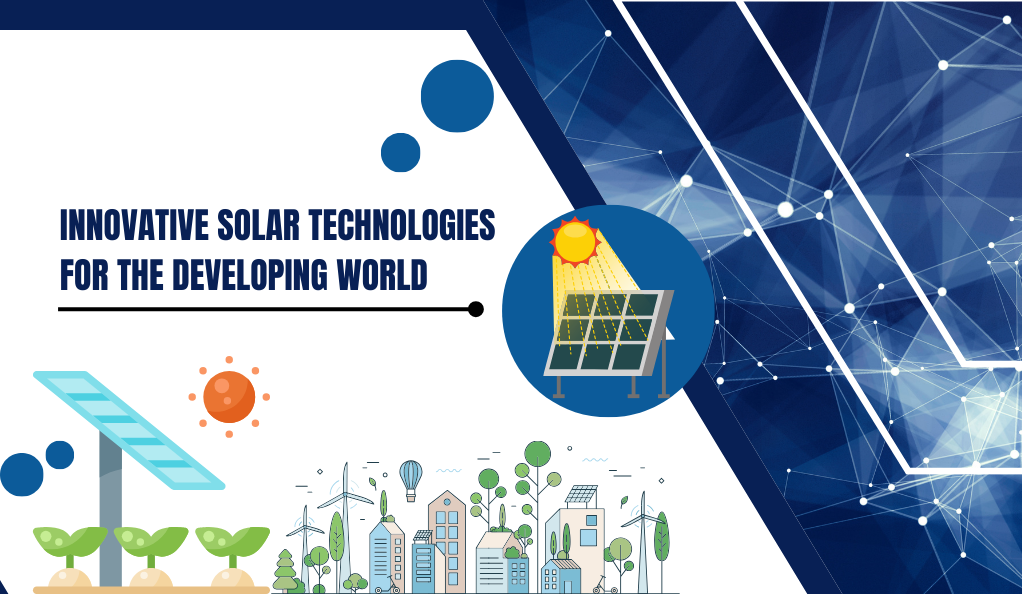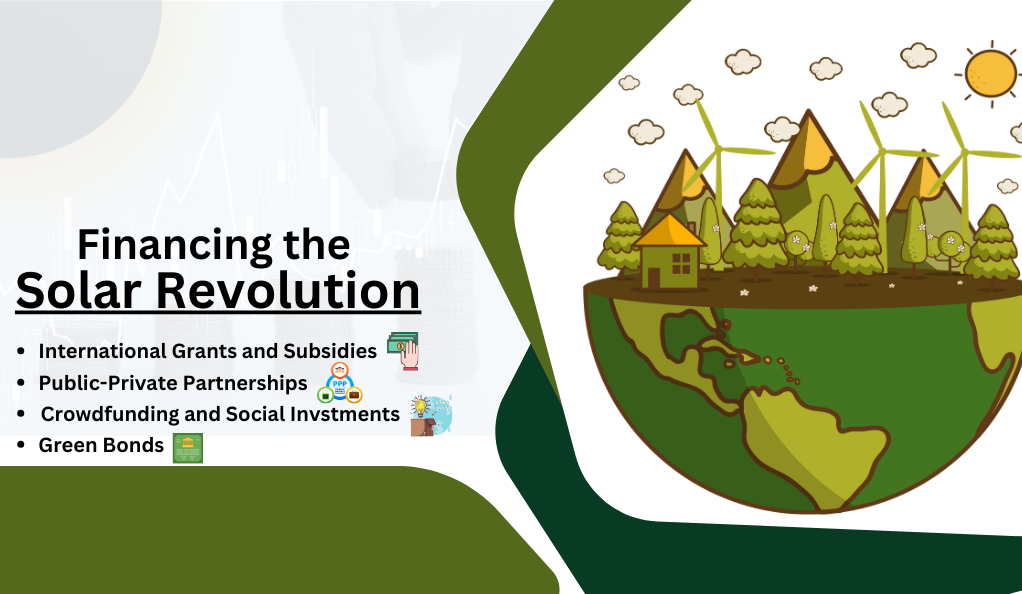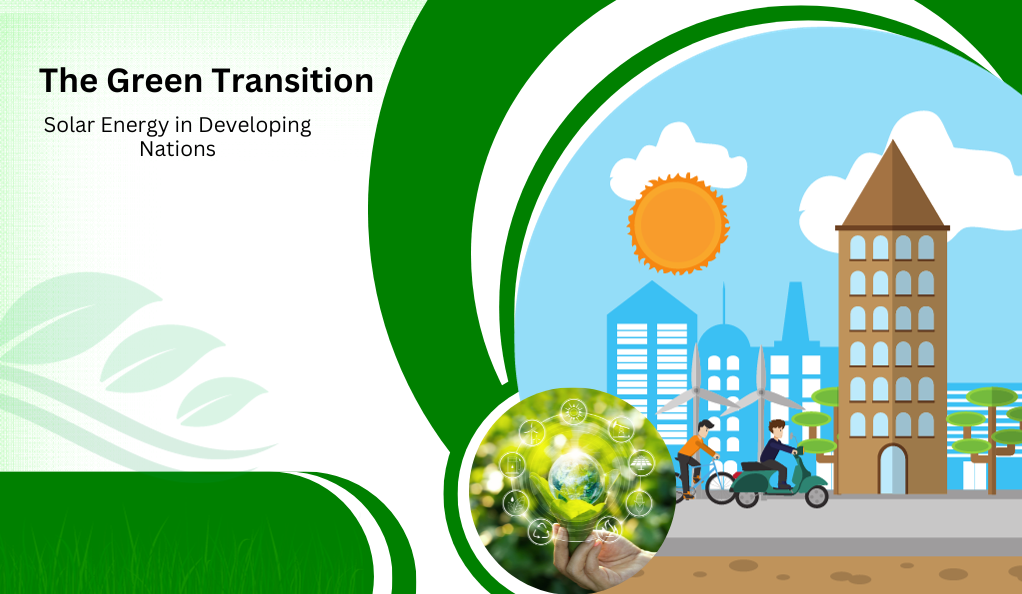As the 21st century unfolds, our planet finds itself at a pivotal juncture. Climate change, an alarming environmental phenomenon, demands immediate and effective countermeasures. The answer, many believe, lies in the worldwide shift towards renewable energy. Among the vanguard of these sustainable energy sources stands solar energy, casting its radiant glow, especially in the landscapes of developing nations.
Across continents, the sun shines over vast tracts of lands in developing countries, offering them an abundance of solar potential. In fact, according to the World Bank, many developing countries have solar irradiance levels that far exceed those found in Europe and North America, the early adopters of solar technology. The table below illustrates this:
| Country/Region | Average Solar Irradiance (kWh/m²/day) |
|---|---|
| Germany | 2.5 |
| USA (Average) | 4.7 |
| India | 5.5 |
| Kenya | 6.0 |
| Brazil | 5.3 |
This naturally abundant resource offers a promising avenue for developing nations to not only address their growing energy needs but also play a decisive role in the global green transition. By harnessing solar power, these nations can reduce their dependence on fossil fuels, cut down greenhouse gas emissions, and pave the way for a sustainable future that benefits their citizens and the global community.
Why Solar Energy?
Solar energy, among all renewable energy sources, holds a unique promise for numerous reasons, particularly for developing nations. Here’s why:
Abundant and Inexhaustible
The sun is an eternal powerhouse, consistently delivering energy to our planet. For countries near the equator, the potential is even more pronounced. With consistent sunlight for the major part of the year, the opportunities to harness solar energy are vast.
Scalability and Flexibility
Solar installations can range from small-scale rooftop setups serving individual homes to massive solar farms powering entire communities. This scalability ensures that both rural and urban areas can benefit from solar energy, regardless of the size of their energy needs.
Decreasing Costs
Over the past decade, the cost of solar panels has plummeted, making solar installations more affordable. This trend is particularly significant for developing nations, where budgetary constraints are often a concern.
Environmentally Friendly
Solar energy produces no greenhouse gases during operation, making it one of the cleanest energy sources. As a result, its widespread adoption can significantly reduce a nation’s carbon footprint.
Job Creation
The solar sector offers vast employment opportunities, from manufacturing to installation and maintenance. For developing nations grappling with unemployment, this is an invaluable benefit.
Energy Independence
By investing in solar energy, countries can reduce their dependence on imported fossil fuels, ensuring a more stable and self-reliant energy future.
Challenges Faced by Developing Nations
While the promise of solar energy is undeniable, the transition isn’t without its set of challenges:

- Initial Capital Investment: Despite falling prices, the initial setup cost for solar infrastructure can still be daunting for many developing countries with limited financial resources.
- Technological Know-How: Acquiring the necessary technology and expertise for large-scale solar projects can be a hurdle, especially in regions where technological advancements may lag behind.
- Land Acquisition and Rights: Establishing large solar farms requires substantial land, often leading to conflicts related to land rights and usage, especially in densely populated regions.
- Energy Storage: Storing solar energy for nighttime use or cloudy days requires efficient battery systems, which can be expensive and pose additional challenges in terms of technology and logistics.
- Maintenance and Durability: Ensuring that solar installations remain operational and efficient over the long term requires regular maintenance, skilled manpower, and robust supply chains – areas where some developing nations might struggle.
Innovative Solar Technologies for the Developing World
The world of solar technology isn’t static; it’s ever-evolving, bringing forth innovations tailored for the unique needs of developing nations:

Solar Microgrids
These decentralized systems can power small communities, proving invaluable in remote regions where extending the national grid is challenging.
Portable Solar Kits
Designed for mobility, these kits include panels, batteries, and LED lights, ensuring that even nomadic communities have access to electricity.
Solar-Powered Water Pumps
In regions where agriculture is paramount, these pumps provide a sustainable solution for irrigation, reducing dependency on diesel-powered alternatives.
Solar ATMs and Health Centers
In areas with intermittent power supply, essential services like ATMs and health centers are now being powered by dedicated solar setups, ensuring uninterrupted service.
Financing the Solar Revolution
Transitioning to solar on a large scale demands substantial financial resources. Here’s how nations are navigating the monetary challenges:

International Grants and Subsidies:
Organizations like the World Bank and the International Solar Alliance are providing grants, soft loans, and technical assistance to bolster solar projects in developing nations.
Public-Private Partnerships:
By collaborating with private entities, governments can share the financial burden, accelerating the pace of solar adoption.
Crowdfunding and Social Investments:
With the rise of online crowdfunding platforms and impact investing, smaller solar projects, particularly in rural areas, are gathering momentum, backed by global citizens committed to a greener planet.
Green Bonds:
Several nations are now issuing green bonds, the proceeds of which are earmarked for renewable energy projects, including solar installations.
Future Prospects: The Bright Path Ahead
The solar energy narrative in developing nations isn’t just about the present; it’s equally, if not more, about the future. As we look ahead, there are a few salient points that become evident:
Massive Expansion:
Analysts forecast an exponential growth in solar energy adoption across developing nations. By 2030, many of these countries are expected to have solar energy as a dominant source in their energy mix, reflecting their robust policies and public will.
Technological Advancements:
The next decade will witness rapid technological evolution in solar energy, from more efficient solar panels to advanced energy storage solutions. These technologies, many tailored for the specific needs of developing nations, will further lower costs and improve energy accessibility.
Integration with Other Renewables:
While solar energy is a significant player, the future energy landscape will see it working in tandem with other renewables like wind and hydropower. Such integration will ensure a more consistent and reliable energy supply.
Grassroots Movements:
Local initiatives and grassroots movements will play a pivotal role in the solar transition. From local entrepreneurs setting up community solar projects to educational initiatives promoting solar’s benefits, the foundation of the solar revolution will be built from the ground up.
Policy and Regulatory Boost:
Given the benefits, both environmental and economic, many developing nations will further streamline policies, offering incentives and easing regulatory barriers for solar energy projects.
Conclusion
The narrative of solar energy in developing nations is both compelling and essential. It’s a story of resilience, innovation, and a relentless pursuit of a brighter, sustainable future. These nations, often bearing the brunt of climate change impacts, are taking proactive steps, harnessing the sun’s potential to carve out a greener tomorrow for their citizens.
But this isn’t just a localized journey. The implications are global. As these countries transition to solar, they reduce global carbon emissions, offer models for other nations to emulate, and play a pivotal role in the worldwide fight against climate change.
The sun, with its boundless energy, symbolizes hope. And as developing nations tap into this hope, they illuminate a path not just for themselves but for the world at large. Here’s to a future where every ray of sunshine is captured, converting challenges into opportunities and darkness into light.

